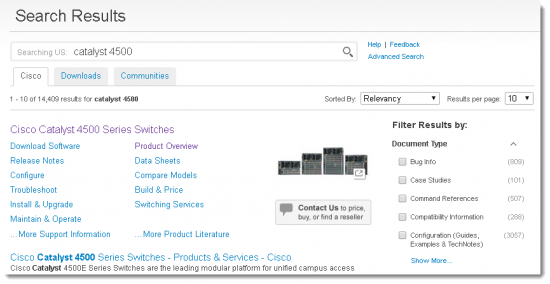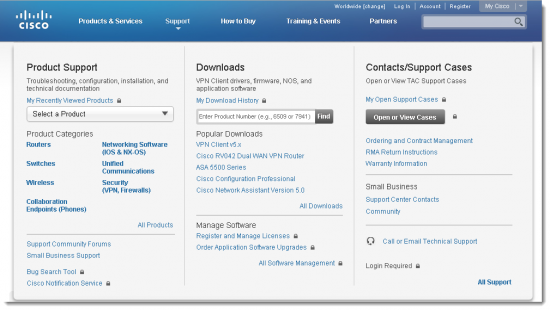 Written by Nick Thexton, Vice President and CTO, Service Provider Video Software and Solutions, Cisco
Written by Nick Thexton, Vice President and CTO, Service Provider Video Software and Solutions, Cisco
With almost a quarter of our waking time spent watching TV, video consumption is on a definite rise. Rather than competing, different devices and platforms are proving to complement each other, collectively contributing to that growth. But our digital lives are becoming more complex as we consume content in diverse ways across a growing number of screens. The chance of missing a programme, for example, is arguably greater than ever, but at the same time easier to overcome.
It’s a truth that’s prompting media organisations and service providers to recognise the value of improving and simplifying the user experience – providing viewers with the content that’s relevant to them, at the right time and place. Those primed for success are investing in technologies that deliver their content to more devices at the lowest incremental cost, cutting the time and complexity associated with enhancing multiscreen services.
But the companies winning in the TV arena are those who also recognise that consumers don’t always know exactly what they want beyond the short-term. Take tablets, for example – few could have foreseen the impact the iPad would have on TV viewing habits and the way we engage with content. Likewise, operators don’t have the luxury of being able to foresee which of their new services will resonate with subscribers. Paramount to success, therefore, is having Continue reading “Standing out from the cloud: why agility is key in tomorrow’s TV”
Share:



 Written by Nick Thexton, Vice President and CTO, Service Provider Video Software and Solutions, Cisco
Written by Nick Thexton, Vice President and CTO, Service Provider Video Software and Solutions, Cisco
CONNECT WITH US